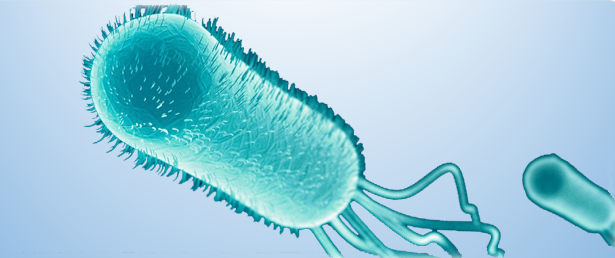Yeast Expression System

Yeast is a eukaryotic organism also has some advantages and disadvantages over E. coli. Among the most significant benefits is the fact that yeast cultures could be increased to very substantial densities, making them particularly helpful for the creation of isotope-labeled protein to NMR. The two most used yeast strains are Saccharomyces cerevisiae and the methylotrophic yeast Pichia pastoris.
Different yeast species have been shown to be quite helpful for analysis and expression of eukaryotic proteins. These yeast strains are well characterized and are proven to carry out lots of post-translational modifications. These single-celled eukaryotic organisms grow rapidly in defined medium, are simpler and less costly to use than insect or mammalian cells, and can easily be adapted to fermentation. Yeast expression systems are ideally suited to large-scale generation of recombinant eukaryotic proteins.
In certain instances, the very cost-effective expression of enzymes is your yeast expression system. The Significant Benefits of yeast expression program would be:
- High yield
- High productivity
- Chemically defined media
- Product processing similar to mammalian cells
- Stable production strains
- Durability
- Reduced protein production cost
More Especially, yeast expression system has the following merits Or strengths:
Superior Expression
Yeast is a recognized industrial fermentation program and encourages high-level recombinant protein production. The high protein production could be reached by Caring for the following variables:
- Reasonable copies of vector (10-100 copies per cell)
- Proper promoters
- Suitable inducible system
- Targeted mobile location
High Cell Densities
When yeast Has Been Increased Together with All the high-cell-density fermentation technology, Substantial levels of mobile mass per liter of fermentation fluid are generated. The system has reached dry-cell-weight densities exceeding 100 gram/liter and Continuous fermentation productivities of 10 to 12 g of recombinant protein/liter/hour.
Controllable Process
The expansion medium that feeds yeast is totally defined. It is composed of a simple, economical formulation. The carbon source is fed into the fermentor at a rate designed to attain maximum cell density while preserving optimum production of foreign protein. This method reduces any poisonous impacts that the foreign protein may have about the yeast.
Mammalian-like Proteins
As a eukaryotic system, the Yeast Expression System generates mammalian-like proteins. By way of instance, the expression of Hepatitis B surface antigen (HBsAg) in yeast contributes to generation of particles which are immunoreactive with anti-HBsAg antibodies. These particles are much like Dane particles isolated from the sera of individual carriers.
Generations of Stability
Expression of foreign genes is Accomplished by Way of foreign DNA to The chromosomal DNA of all the host genome. The integrated DNA is stable for centuries; all cells may create the protein. By comparison, plasmid-based systems need selective pressure on plasmids to keep the foreign DNA. Cells that lose the plasmid cannot create the desirable foreign protein.
Durability
The Yeast Expression System requires no special treatment. It was created to resist the adverse conditions of high scale, continuous fermentors. This attribute makes yeast able to endure sudden disruptions from the fermentation procedure.
Maximum Value
High per-cell expression levels along with high cell-density Development of Yeast translates into larger quantities of recombinant protein each fermentor volume. This reduces production rates by increasing the quantity of product per fermentation run.
Protein purification is just another cost-saving method. The yeast system may Secrete protein to the medium, so the broth which enters purification has a greater concentration of the protein. Pure protein is regained with greater yield and lower price.

We have successfully employed the yeast expression system for generating Numerous proteins. The organic product called monellin, is a heterodimer. To get secure and secretable large-scale manufacturing, two chains of this monellin molecule were connected together and expressed in yeast as a single string recombinant protein, Monellin is a high-density yeast expression system (HIDYES). The fermentation process enables secretion of this item into civilization broth, making the protein purification procedure exceptionally cost and time-effective.


